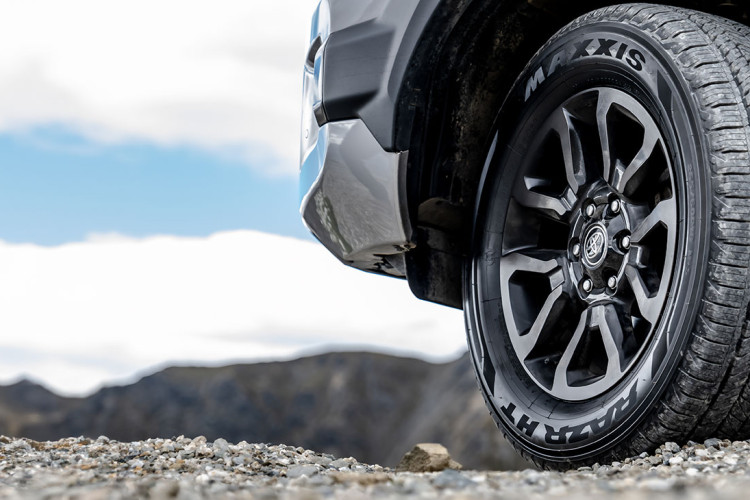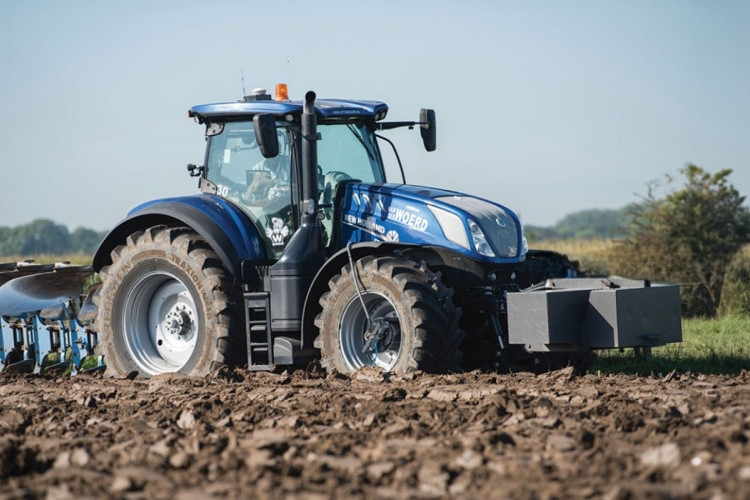How to drive in the rain
Rain, rain go away, come back...sometime when I need you to gently lull me to sleep.
Yeah, that doesn’t work. And there’s a full schedule for the day, the kids need to get to school while the click and collect groceries are waiting. Then there’s about 12 different stops and errands to run. All the while, the wet stuff just keeps on falling and your good rain jacket is on the back of the office chair. In the office. Which is locked for the weekend.
Staying safe on such days is always a bit more complicated. The rain just makes everything more difficult and more dangerous. And whilst most of the below might sound obvious or is well known, it’s worth sharing anyway. After all - you can never be too safe.
1 Put your headlights on.
If the rain is coming down then the skies are dark and gray. Then the rain does weird things with obscuring vision and before you know it a silver car has pretty much disappeared from sight. Sticking your headlights can only help then, not to help shine your way as much as they’re needed to alert people to where you are. There’s no need for full beam though - they can still dazzle and blind during daytime.
2 Don’t use cruise control.
Cruise control is awesome and can make for a relaxing ride. But being too relaxed in the rain is a bad thing and it’s best to stay in control of the vehicle. The last thing you need is to hit a patch of water and aquaplane, then automatically go for the brake to turn the cruise control off. That would not be a good thing.
3 Allow more time.
Wet roads increase the distance required to stop. It’s pretty simple and we don’t really need to spell it out. But here it is anyway - slow down a bit and take it easy. Give yourself some more time to get to where you need to go. Playing some relaxing music can help with this - honest. So load up that easy listening playlist and sing along.
4 Be aware of braking distances.
Most industry commentators suggest braking distances are doubled when the roads are wet. We won’t argue with them. It’s always worth being on the safer side when things are a little known, and there’s no harm in keeping a slightly bigger distance from the car in front. Remember to brake smoothly and a little slower than normal for intersections, reducing any chance of slipping and sliding.

5 Watch out for standing water.
Reduce the risk of aquaplaning by (safely) steering clear of standing water. For more on aquaplaning, read this (link to aquaplaning blog). Of course, sometimes that pool of water is bang in the middle of your side of the road, in which case it’s ok to slow down. Besides which, drive through puddles too quickly and you risk the spray getting into the engine intake system, where it starts to do all sorts of nastiness to your motor.
6 Check the window wipers.
Keep an eye on them and make sure they’re in good order. In a drizzle, a bit of non-performance might just be annoying. In heavy rain, it’ll be downright dangerous. You can pick up some new wipers from any auto store and most will even fit them for you.
7 Use the window wipers.
No point making sure they are in good condition if you don’t use them. Don’t worry if other cars are using theirs or not - you don’t score points by the last to put them on. You can even stick them on double fast if you like - it’s your ride and your rules.

8 Know your car's controls.
It’s a common problem. The windows fog over in rain. Know how to deal with this by familiarising yourself with the controls (yes blokes out there - this may mean reading the instructions). There’s also some fancy stuff you can buy to wipe over the inside of your windscreen to stop them from fogging over. You can get it from the same place as those window wipers!
9 Be vigilant.
Watch out for cyclists and pedestrians. They’ll be harder to spot than normal and the ability to avoid them quickly is greatly reduced in the wet. Besides which, they generally won’t alter their actions, so will still try and dart out in front of you as per normal.
10 Beware the rain that follows a dry spell.
During a dry spell, engine oil and grease can collect on the road. It’ll be washed away after a while but for the first few hours of rainfall it’ll make road surfaces especially slippery, effectively greasing the surface and turning it into a skidpan. The unfun kind.
11 Prepare for the wall of water from trucks/buses.
The spray from oncoming vehicles, particularly from large trucks and buses, can be pretty immense. When you see one coming in the opposite direction, be prepared for the wall of water to hit and visibility to disappear. On the plus side, that pedestrian that looks poised to run out in front of you? Well…(we’re joking).

12 You can pull over and stop.
In extra heavy rain, there is no shame in pulling over and waiting for it to pass. No-one is going to think you’re brave for driving in rubbish conditions so...if you don’t have to do it then you don’t have to do it. It’s also a good reason to make sure the glove box is always stocked with chocolates and other sweet treats. You know, for emergencies. .
13 Follow the tracks in front.
Whilst maintaining a safe distance, if you can follow in the tracks of the car in front, do so. Their tyres will have displaced some water, reducing the amount your tyres will encounter. Of course, if their tracks suddenly veer off the road then it’s probably best to ignore them and forge your own path.
14 You’ll be expecting this one...check your tyres.
You must have known this one was coming. First up, keep on top of your tread checks. You want to discover the tread is low when you check it, not when that low tread checks your reaction time and driving skill. Then there’s inflation. A properly inflated tyre maintains the correct contact with the road and improves vehicle handling. Under and overinflated tyres do not.
And there we have it. That’s a reasonable comprehensive list but there’ll always be some risk when driving in the rain. Do all you can and then enjoy the drive as much as you can. Because rolling along a backroad with the window wipers on as the rain comes down on a grey Sunday afternoon…can be incredibly relaxing. It really can.

No matter what the weather conditions are, stay safe on the road.
-
Topics:
- Road Safety
More tips and articles

Product Spotlight:
Maxxis HT780 RAZR HT

Understand the link between traction and compaction

